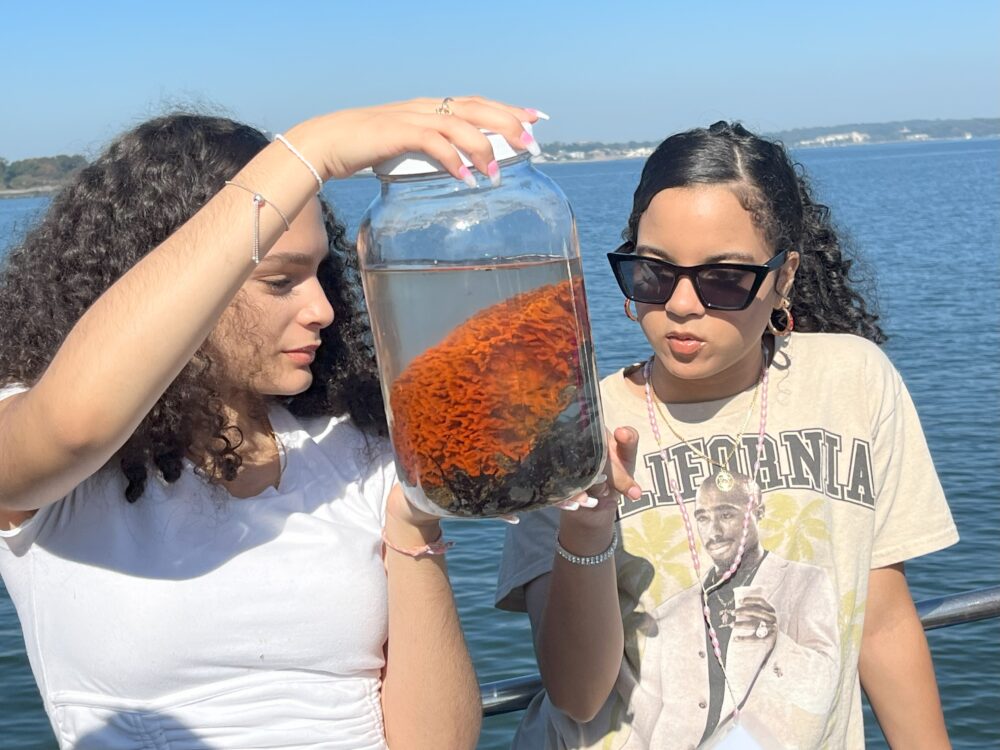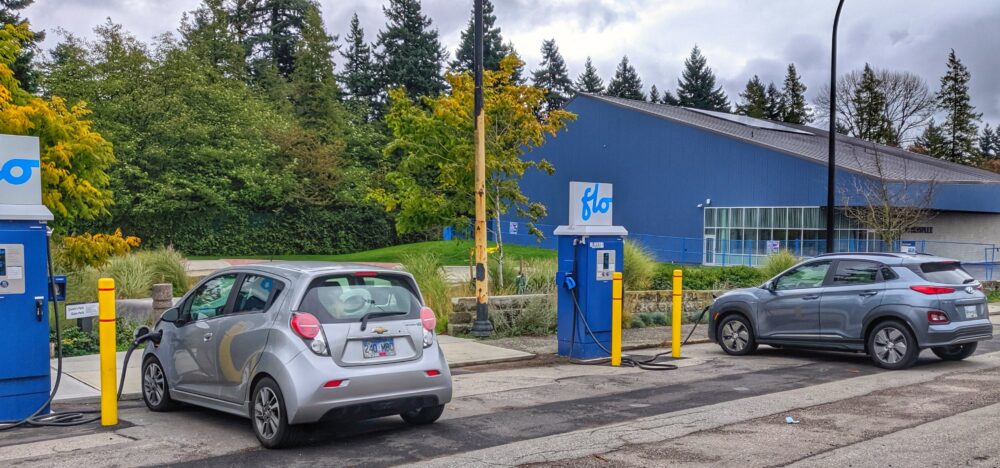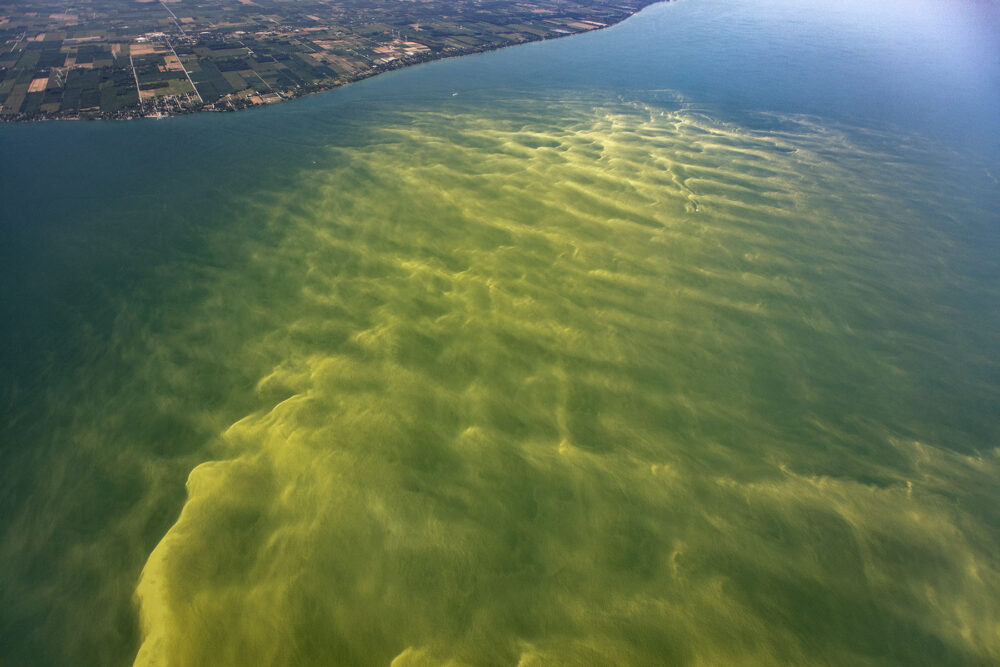We have much more to do and your continued support is needed now more than ever.
Avoiding “Waterworld 2” – Miami-Dade preparing for climate change
As much as we all loved Kevin Costner with gills and post-apocalyptic Dennis Hopper and a herd of henchmen on jet-skis, Waterworld is best kept to a 1995 vision of the year 2500, not a 21st Century reality. Plus, Waterworld’s gargantuan (at the time) $175 million budget, will seem like peanuts next to the real cost of sea level rise.
Miami, Florida faces a greater economic threat from global warming than any other city on earth. Much of the city is just a few feet above sea level and even 3-4 foot rise in sea levels – well within the projections of what could happen over the next century – could inundate Miami Beach and downtown Miami. Don’t believe me? Thanks to the wonders of Google, with a little help from the architects at Architecture 2030, you can see for yourself.
So I was pleased to hear that Miami is the first participant in ICLEI’s “Climate Resilient Communities” program, which is geared to help cities prepare for, and even thrive in, a warmer – and in Miami’s case, wetter – world. ICLEI is an organization that helps cities become more sustainable. They have done fantastic work in helping cities reduce their carbon footprint, but have recognized that simply reducing emissions is not enough to prepare for climate change, a city must also prepare for the inevitable (and in many cases, already occurring) impacts of climate change.
You can find out more about ICLEI’s work on preparing for climate impacts (often called “climate adaptation”) at www.icleiusa.org/adaptation. They have resources for local governments and city planners who want to prepare for climate change in their governing and planning.
Of course if you do want a Waterworld 2 (and after watching the trailer again, I think I might…), you can always write to Universal Studios. But congratulations to Miami, for taking steps to avoid making it a reality.





















